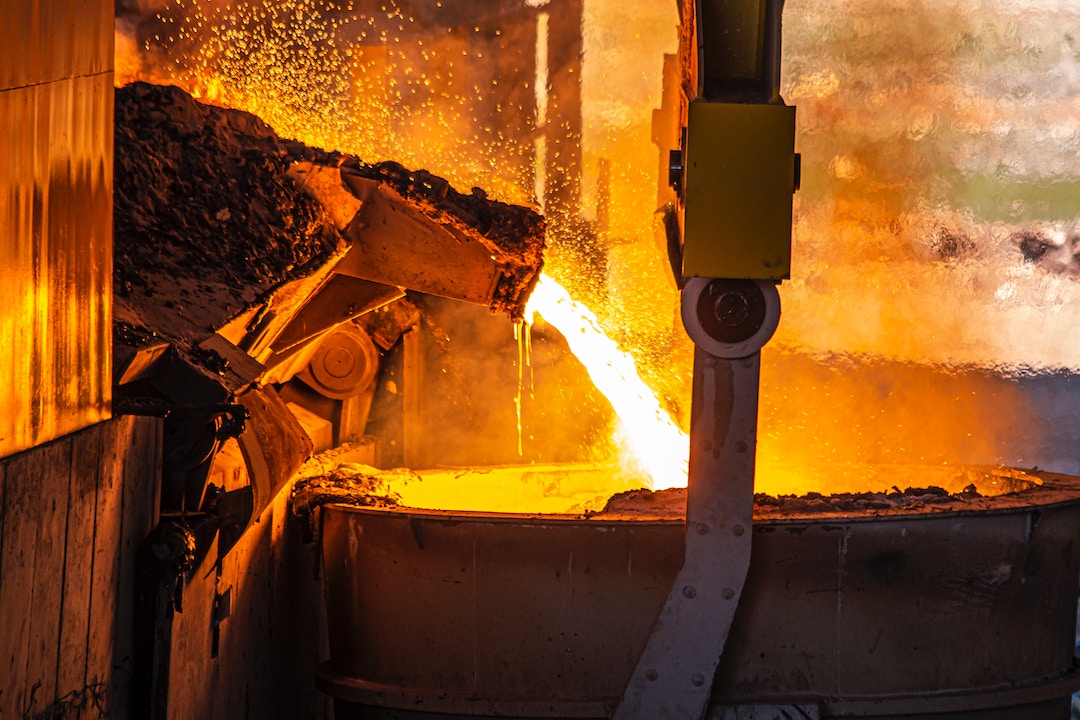Australian steel is helping leaders in renewable energy build infrastructure that is better for the planet.
In an address to the Australian Steel Convention on Monday, Federal Minister for Industry and Science Ed Husic stated that steel is key to shifting Aussie manufacturing and construction to renewable energy and low emission alternatives.

Enviro-metal
Steel is vital to the Australian economy, accounting for 140,000 jobs and $30 billion in annual revenue. However, aside from being financially important, steel also has environmental benefits.
Steel is the world’s most recyclable material. Due to its metallurgical properties, the metal can be reused over and over without compromising its performance or durability. This makes it a sustainable resource that contributes to a circular economy.
Similarly, recycling steel can help to lower energy levels. According to worldsteel, more than 1400 kg of iron ore, 740 kg of coal and 120 kg of limestone are saved for every 1000 kg of steel scrap that is recycled into new steel.
The strength and reinforcing capacity of the metal allows for a reduction in the materials used in construction, as well as conserving resources.

An innovative industry
Equally, many steel businesses in Australia are doing their part to lower emissions, committed to promoting sustainability.
According to a report from OneSteel, the Liberty Steel plant located in South Australia currently produces over 35 percent of its own energy by reusing waste gases. Another major steel manufacturer, BlueScope Steel, has achieved a 40 percent reduction in carbon emissions since 2011.
Leaders in the steel industry are finding new and innovative ways to reduce waste while maintaining the integrity and usefulness of the material.

Problems and solutions
Yet, while steel offers great opportunities for renewable energy, there are still bumps in the road towards a sustainable world.
Currently, there is not enough scrap steel to meet the demand for metal, meaning energy is being burned producing more material. If steel is going to have the greatest positive effect, there needs to be a greater emphasis on recycling practices.
Equally, while the amount of energy required to produce a tonne of steel has dropped by 40 percent since 1960, the emission produced in the steel making process is still quite high.
However, experts believe that the current trends towards carbon reduction means we can expect further environmental developments over the coming years.
According to Ed Husic, “we want a country that makes things. Australian-made steel will play a vital role in that vision. The net result is higher paid jobs and greater prosperity for Australians everywhere.”
“Important as the industry is today, it can be bigger and better,” he adds.
As part of the government’s $15 billion National Reconstruction Fund, they are hoping to create new jobs in the steel sector and promote further growth. By expanding this vital sector, more opportunities for environmental conservation will allow for a cleaner, greener future.
To discover more sustainable developments in the metal and mining sector, click here.

